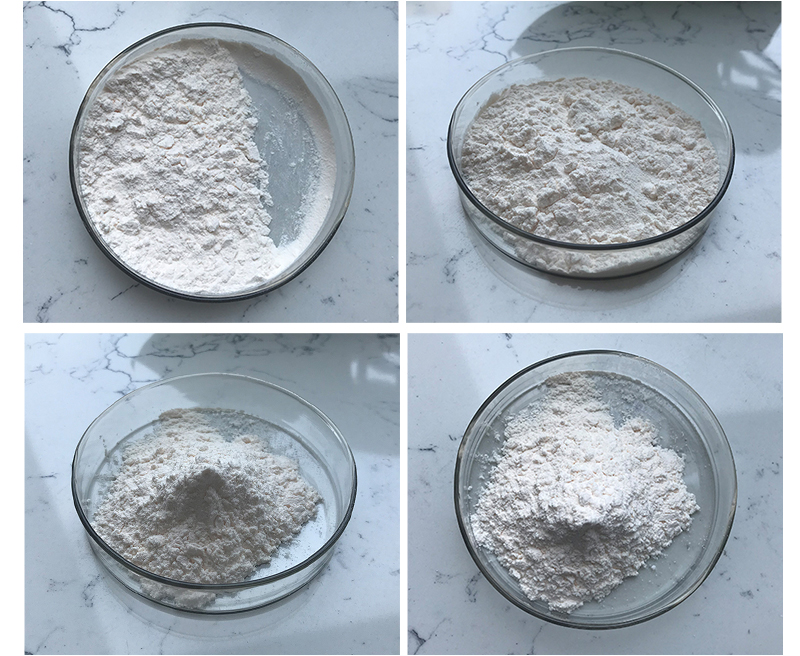A Comprehensive Study on the Treatment of Melasma with Azelaic Acid
Materials and Methods
A total of 45 patients, 43 female and 2 male, aged between 20 and 41 years, with disease duration varying from one month to five years, were observed in the treatment group. The distribution of the lesion sites varied. A control group consisting of 25 patients was randomly selected, with similar age, disease duration, and lesion site distribution, and no significant difference with the treatment group statistically.

Treatment Process
Azelaic Acid, among other substances, was prepared in a concentration of 20%. The treatment group applied the prepared 20% azelaic acid ointment to the facial lesions with a light massage twice daily, along with oral vitamin C therapy. All 45 patients adhered to the medication for three months, with 35 of them continuing for over six months. The control group received only oral vitamin C treatment. Changes in the lesions were observed at one month, three months, and six months into the medication.
Evaluation of Treatment Results
The standard of therapeutic effectiveness evaluation was defined as follows: complete recovery implied a retreat of 90% lesion area and almost complete color disappearance; notable effect indicated a 60% lesion area retreat and substantial color fading; effective suggested a 30% lesion area retreat and color fading; ineffective meant less than 30% lesion area retreat and insignificant color change.
Treatment Results
Comparative treatment effectiveness after three months between the treatment and control groups were significant (P<0.05). Moreover, as the duration of medication increased, the treatment effects improved. An example of this trend can be seen in patients who adhered to the medication for over six months, where the effectiveness rate reached 97.1%.
Discussion
Melasma, a common facial hyperpigmentation skin disease, has long been without an ideal treatment method. Our study showed an effectiveness rate of 84.4% and a recovery rate of 4.4% when using 20% azelaic acid for three months, a promising result. Azelaic acid, a natural 9-carbon saturated straight-chain dicarboxylic acid, can inhibit disordered or proliferating melanocytes while sparing normal cells. Our study also noted that the melasma lesions continued to fade with the continued application of 20% azelaic acid. It was found that with extended medication use, the efficacy noticeably increased without significant adverse reactions. Therefore, we recommend a medication usage time of over three months.
Source: Department of Dermatology, Azelaic Acid Melasma Treatment Research
Disclaimer: This website is for informational purposes only. If you have similar health conditions, please consult a local physician for advice.
